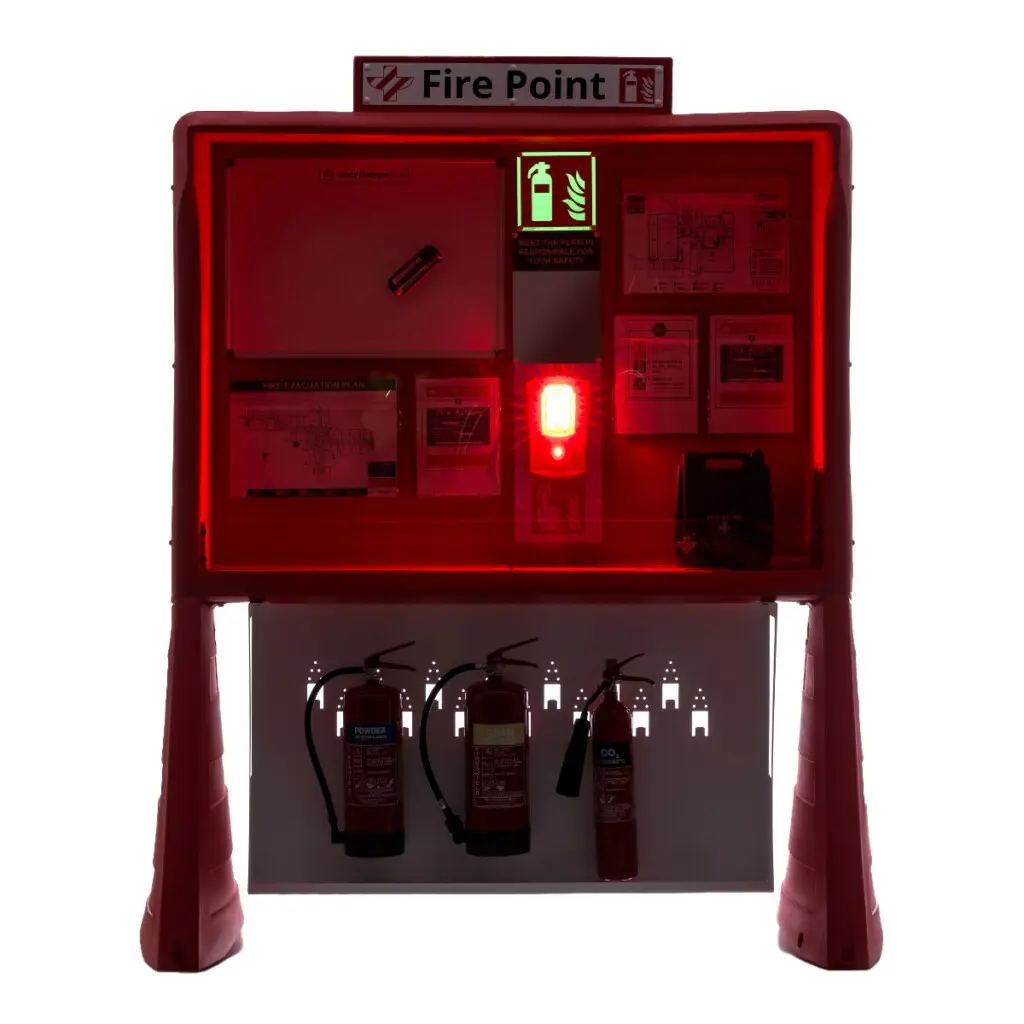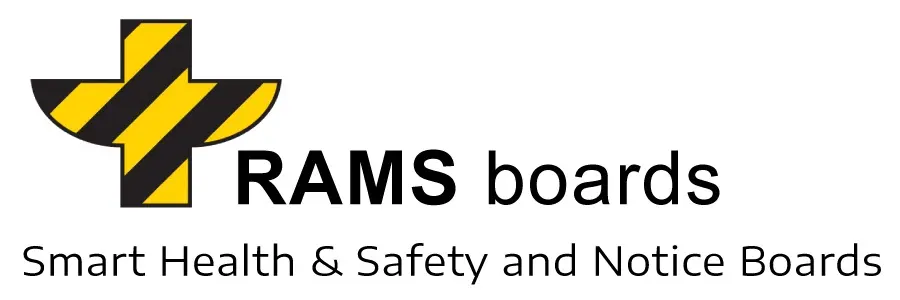Table of Contents
Transport for London (TfL) & RAMS boards: Pioneering Safety and Efficiency on London`s Transport Projects
Transport for London (TfL) stands as a vital cornerstone in the bustling heart of the UK`s capital, charged with the pivotal role of managing and operating the extensive transportation network that keeps London moving. As a governmental body, TfL`s remit spans the iconic London Underground, the vast network of buses, trams, and light rail services like the Croydon Tramlink and Docklands Light Railway (DLR), in addition to overseeing the London Overground and TfL Rail. Moreover, TfL is dedicated to promoting sustainable modes of travel, such as cycling and walking, while managing major roads, traffic signals, and the city`s congestion charging scheme.
| Transport for London (TfL) Company Snapshoot | Details |
|---|---|
| Name | Transport for London (TfL) |
| Industry | Public Transportation Authority |
| Headquarters | London, UK |
| Description | Government body responsible for managing and operating the majority of London`s transportation network, aiming for efficient and safe city movement. |
| Key Services | – London Underground (the Tube): Rapid transit system serving Greater London. – Buses: Expansive red double-decker bus network. – Trams and Light Rail: Includes Croydon Tramlink and Docklands Light Railway (DLR). – Overground and Rail: Partner services like London Overground and TfL Rail. – Cycling & Walking: Promotes through infrastructure development and initiatives like Santander Cycles. – Roads & Traffic: Manages major roads, traffic signals, and congestion charging. – River Transport: Riverboat services on the Thames. |
Integrated Public Transportation for a Dynamic London
TfL`s operations are a testament to comprehensive urban planning and stakeholder collaboration, aiming to deliver an efficient, safe, and user-friendly transportation experience. Whether it`s the historic Underground, the ubiquitous red double-decker buses, or the serene riverboat services on the Thames, TfL`s services are designed to cater to the diverse needs of London`s residents, tourists, and the business community alike. The organization`s business model is supported by funding from the Greater London Authority (GLA), fare collections, congestion charges, and government grants, ensuring a seamless and integrated approach to citywide transport services.
Pioneering in Fare Collection and Accessibility
A pioneer in fare collection technology, TfL introduced the Oyster Card and has embraced contactless payments to streamline the user experience across its services. This innovation underscores TfL`s commitment to accessibility, striving to make London`s transport network fully accessible to individuals with disabilities. Furthermore, TfL`s commitment to sustainability is evident in its efforts to reduce emissions and encourage greener travel options, aligning with global environmental goals and enhancing the quality of urban life.
Navigating Towards a Sustainable Future
Transport for London`s multifaceted role in operating and managing the city`s transportation system is crucial for sustaining the dynamic pace of life in London. By fostering accessibility, innovation, and sustainability, TfL not only enhances the daily commute for millions but also supports the economic vitality of the city. As London continues to grow and evolve, TfL`s strategic vision and comprehensive transport services will remain integral to navigating the future of urban mobility.
Transport for London (TfL), the backbone of the UK capital`s vast and vibrant public transportation network, has always been at the forefront of adopting innovative solutions to enhance operational efficiency and safety. In its continuous quest to maintain the highest standards of health and safety communication across its extensive array of projects, TfL, along with its main contractors, has embraced the use of RAMS boards as a standard solution for on-site safety and information dissemination.
Revolutionizing Safety Communication with RAMS boards

RAMS boards have emerged as an essential component in the construction and maintenance of London`s transportation infrastructure. Known for their durability, visibility, and versatility, RAMS boards offer a centralized platform for displaying vital health, safety, and operational information crucial for site workers and project managers alike. The adoption of RAMS boards by TfL`s main contractors underscores a collective commitment to creating safer work environments and enhancing the flow of critical safety information.
Long-term Benefits of RAMS boards in TfL Projects
The integration of RAMS boards into TfL projects brings a multitude of long-term benefits, reinforcing their status as an invaluable asset for London`s transport sector. Here are some of the key advantages:
- Enhanced Safety Awareness: RAMS boards facilitate immediate access to important safety notices, guidelines, and emergency procedures, significantly reducing the risk of accidents and ensuring a safer workplace for all.
- Standardized Communication: By adopting RAMS boards across various sites, TfL and its contractors have standardized health and safety communication, ensuring consistent messaging and compliance with industry best practices.
- Cost Efficiency: The durability and reusability of RAMS boards mean that they serve as a long-term investment, reducing the need for repetitive expenditure on temporary safety signage and contributing to more sustainable project management practices.
- Improved Compliance: The clear and accessible display of safety information helps ensure that TfL projects adhere to regulatory requirements and industry standards, minimizing legal risks and fostering a culture of compliance.
- Community and Environmental Considerations: Beyond safety, RAMS boards are also used to communicate environmental policies and community notices, supporting TfL`s commitment to sustainability and positive community engagement.
A Partnership for a Safer Future

The partnership between RAMS boards and Transport for London illustrates a shared vision for a future where safety and efficiency are paramount. As major contractors continue to implement RAMS boards as a standard health and safety communication tool in their projects, the long-term benefits for workers, project stakeholders, and the wider London community become increasingly evident.
Conclusion
The adoption of RAMS boards by Transport for London and its main contractors represents a significant step forward in enhancing safety standards across London`s transportation projects. As TfL continues to innovate and lead by example, the use of RAMS boards underscores a commitment to not only maintaining London`s status as a world-class city for public transportation but also ensuring that its development and maintenance work is conducted safely, efficiently, and sustainably.
